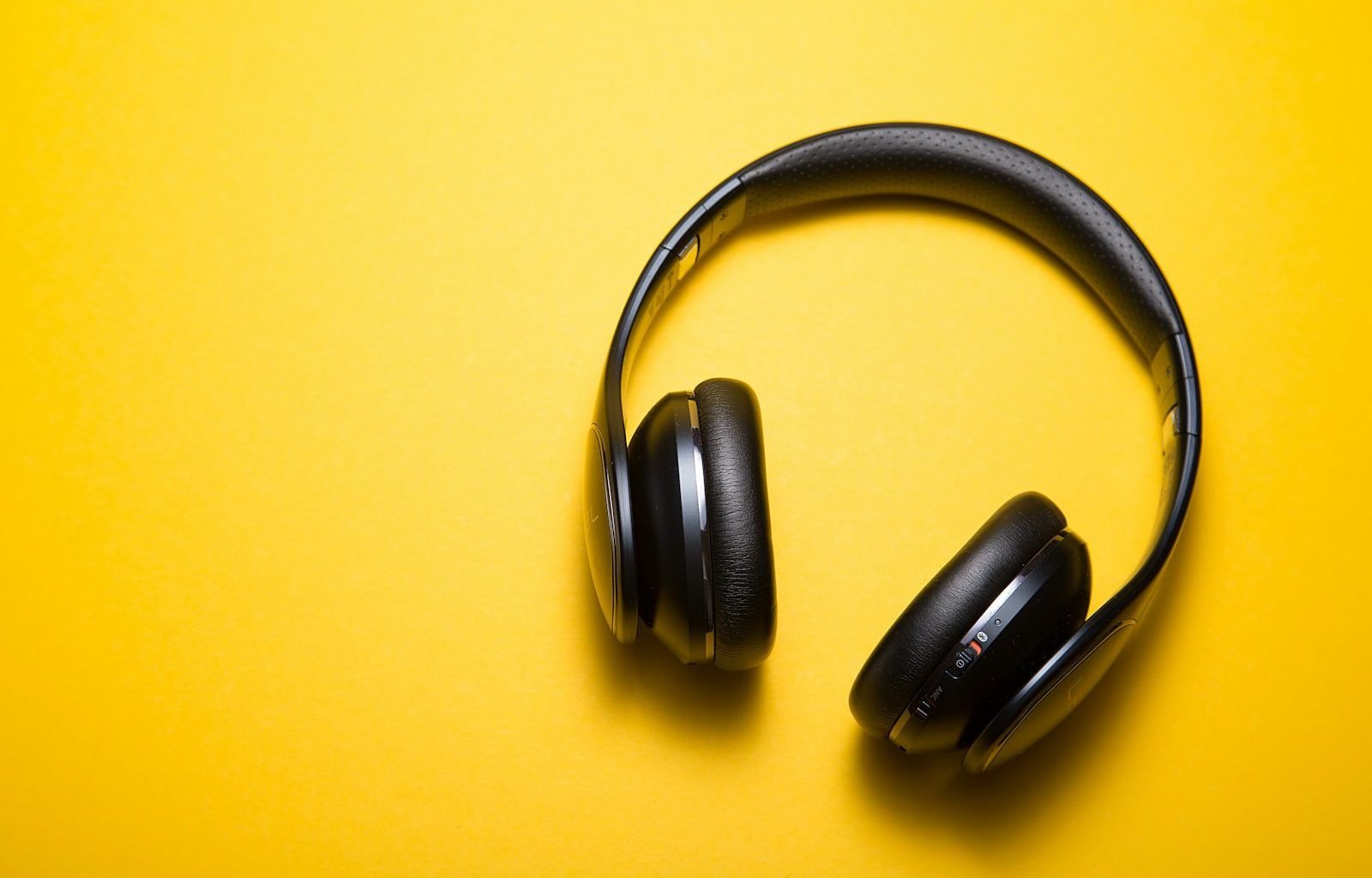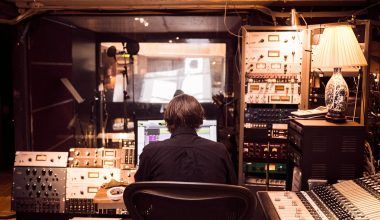Electronic music is more than just beats and rhythms; it’s a vibrant art form that uses electronic devices to produce sound. Unlike traditional music that relies on instruments like guitars or pianos, electronic music is often created using synthesizers, drum machines, and software. It’s versatile, energetic, and has a unique ability to make you feel alive.
Whether you’re new to the scene or a longtime fan, there’s always something fresh to discover in electronic music. From ambient soundscapes to pulsating dance tracks, this genre has something for everyone.
A Brief History of Electronic Music
Electronic music’s story began in the early 20th century with experimental sounds and instruments. By the 1970s, synthesizers like the Moog had revolutionized the music industry. Bands like Kraftwerk laid the groundwork for today’s electronic music with their innovative use of technology.
Fast forward to the 1980s and 1990s, and electronic music became mainstream. Genres like techno and house emerged, dominating dance floors worldwide. Artists such as Daft Punk and The Prodigy pushed boundaries, making electronic music a global phenomenon.
The Top Genres in Electronic Music
Electronic music isn’t a one-size-fits-all genre. It’s an umbrella term for various styles. Here are some of the most popular ones:
House Music
House music originated in Chicago and is known for its four-on-the-floor beat. It’s groovy, uplifting, and perfect for dancing.
Techno
Techno hails from Detroit and is more mechanical and industrial. It’s often fast-paced and hypnotic.
Trance
Trance is emotional and melodic, designed to take listeners on a journey. It’s a favorite at festivals worldwide.
Drum and Bass
This genre is characterized by fast breakbeats and heavy basslines. It’s energetic and great for adrenaline junkies.
Popular Subgenres of Electronic Music
Within these main genres, countless subgenres exist. You might love the chill vibes of ambient music or the hard-hitting beats of dubstep. Exploring subgenres can help you find what resonates with you.
How Technology Shapes Electronic Music
Technology and electronic music go hand in hand. Modern producers use software like Ableton Live and FL Studio to craft intricate tracks. Innovations like virtual reality are even beginning to influence how people experience music.
Technology also allows artists to collaborate across the globe. A producer in Tokyo can easily create a track with a vocalist in Berlin, breaking geographical barriers.
Top Electronic Music Artists You Should Know
No electronic music blog would be complete without mentioning some legendary artists:
- Daft Punk: Known for their iconic helmets and futuristic sound.
- Calvin Harris: A hitmaker blending electronic beats with pop.
- Deadmau5: Famous for his unique sound and massive stage productions.
- Armin van Buuren: A trance legend who’s captivated audiences for decades.
- Skrillex: A pioneer of modern dubstep.
Discovering these artists is a great way to dive deeper into electronic music.
How to Get Started With Electronic Music
Getting into electronic music can feel overwhelming, but it doesn’t have to be. Start by exploring playlists on platforms like Spotify or YouTube. Attend local events to experience the magic live.
If you’re interested in creating your own music, invest in basic gear like a MIDI controller and learn software like Ableton Live. You don’t need to be a tech wizard—just passionate and curious.
Electronic Music Festivals Around the World
One of the best ways to experience electronic music is by attending festivals. Here are some of the most iconic:
- Tomorrowland (Belgium): A fairy-tale-like experience.
- Ultra Music Festival (Miami): Perfect for fans of house and techno.
- Creamfields (UK): A celebration of all things electronic.
- Electric Daisy Carnival (Las Vegas): A colorful extravaganza.
Festivals are a great way to connect with fellow fans and immerse yourself in the culture.
Trends Shaping the Future of Electronic Music
Electronic music is constantly evolving. Here are some exciting trends:
- AI in Music Production: Tools that help create tracks faster.
- Virtual Concerts: Especially popular during the pandemic.
- Sustainability: Artists and festivals are prioritizing eco-friendly practices.
How to Create Your Own Electronic Music
Creating electronic music is easier than ever. Start small by experimenting with free software like GarageBand or Audacity. Learn the basics of sound design and music theory through online tutorials.
Remember, practice makes perfect. Don’t be afraid to experiment and find your unique sound.
Exploring the Connection Between Electronic Music and Culture
Electronic music has always been a reflection of society. From the underground rave scenes of the 1990s to today’s massive festivals, it’s a genre that brings people together. It breaks down barriers and unites fans from all walks of life.
As you explore the world of electronic music, you’ll find that it’s not just about the beats. It’s about the people, the culture, and the shared experiences that make this genre so special.
For further reading, explore these related articles:
- How Do You Upload Music to SoundCloud? A Step-by-Step Guide for Beginners
- Spotify Online Chat Help: Everything You Need to Know
For additional resources on music marketing and distribution, visit DMT Records Private Limited.






